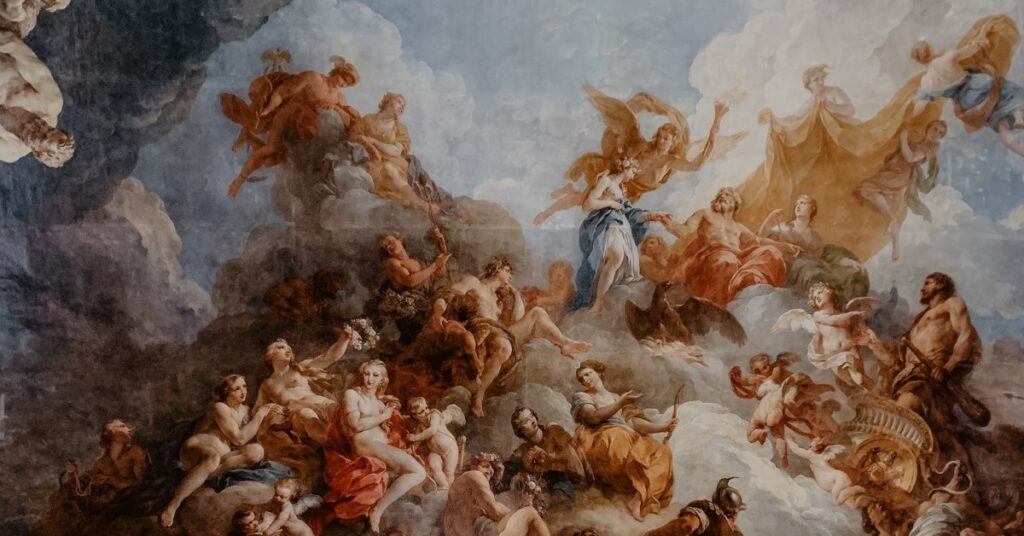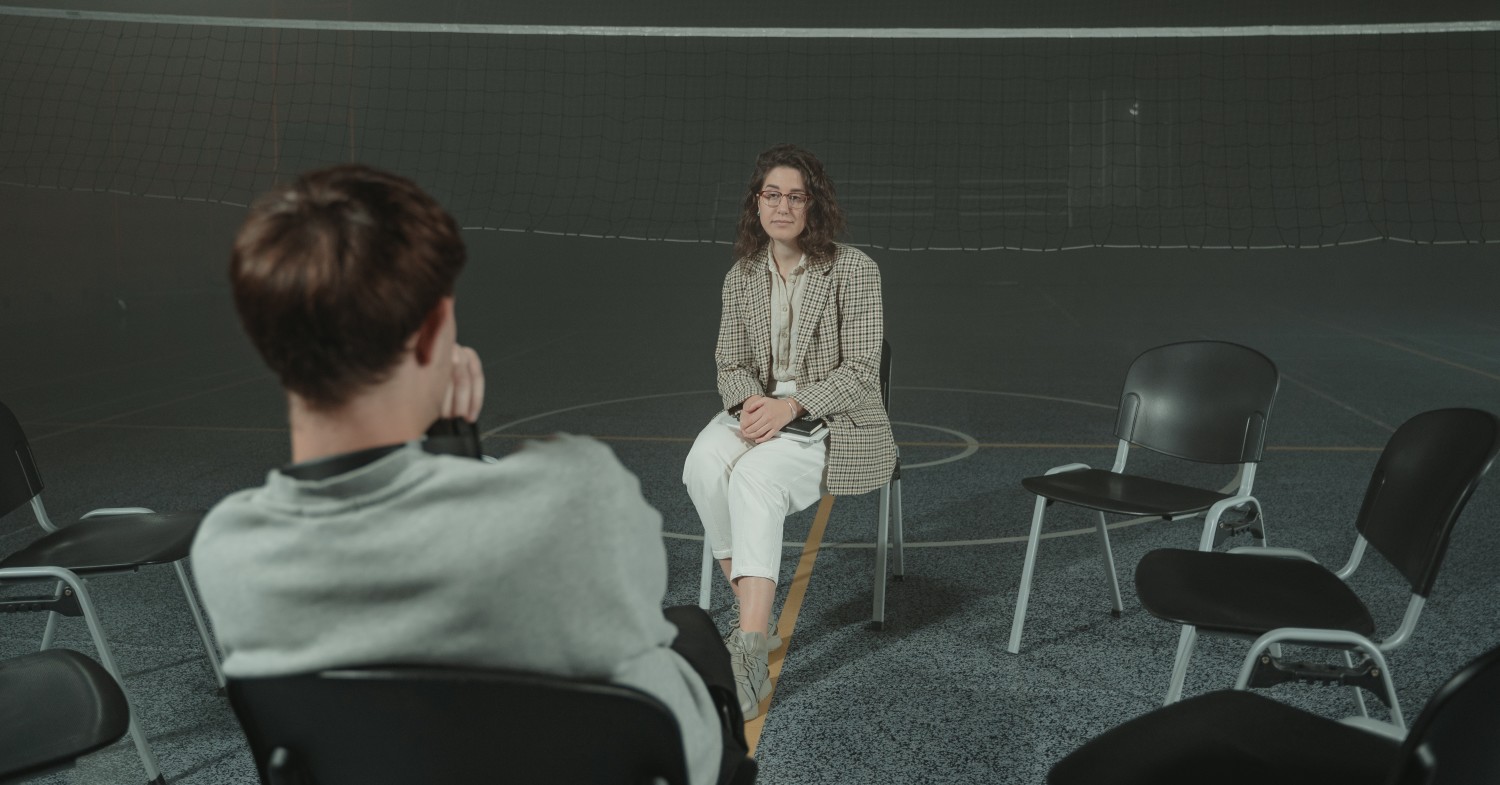
Prenatal and Pediatric Genetic Counseling: An Overview
Genetic counseling is a career that combines science and sensitivity,especially [...]

In beloved children’s novel “From the Mixed Up Files of Mrs. Basil E. Frankweiler,” siblings Claudia and Jamie escape their boring suburban life for an overnight adventure in New York’s Metropolitan Museum of Art. It’s hard not to fantasize about roaming those hallowed halls after-hours. In reality, museum workers get closest to living that experience every day, working amongst the masks, paintings, and sculptures outside of public hours.
Assuming you’re not a fictional child adventurer like Claudia or Jamie (or wealthy enough to pay $45 million for a Picasso), the best way to spend your life surrounded by great works of art may be to pursue a career in art history. An undergraduate degree in art history will prepare you to work behind the scenes in a museum or gallery—and if you want to do so at a higher level, a master’s in art history will get you into some of the most respected rooms in the art world.
Read up on what a graduate degree in art history can do for your career, and learn how to find a program that matches your goals.
Jobs in the art field have a reputation for being few and far between, but there are roles available for knowledgeable, experienced grads. Curation, or managing a museum or gallery’s collections, may be the best-known profession for art history master’s students to pursue. This involves acquiring new pieces, categorizing inventory, fundraising, meeting with board members and trustees, and marketing art that’s on display. A master’s in art history will prepare you to become a collections manager, curatorial assistant, or curator because it will place your scholastic knowledge of art history into a real-world context. You will be exposed to global and local trends, perform your own in-depth research, and connect to high-level practitioners—all of which qualify you to work in curation.
With a master’s in art history, you could also work in the archive, fundraising, or educational departments of a museum, or as a restoration expert, international art dealer, art critic, consultant, or teacher. Typically, the more niche your field of work in art history, the more advanced your scholarship will need to be. This might mean studying abroad at an international university, working as a research fellow, and/or earning a PhD in art history after completing your master’s degree.
The art world is wildly competitive, and if you’re looking for a high-paying job, you will need to be at the top of your field. In an interview with the Globe and Mail, executive director of the Canadian Art Museum Directors Organization Moira McCaffrey revealed that the salaries in the museum curation field can go from “shockingly low” to “shockingly high.” According to McCaffrey, smaller institutions offer flexibility to employees, but often pay substantially less, while large, well-known organizations seek highly educated employees and tend to pay much more.
PayScale shows that museum curators earn an average of $49,000 per year in the United States, with the low end of salaries at $35,000, and the high end at $72,000. An annual salary survey from the Association of Art Museum Directors (AAMD), on the other hand, found that the median pay for a chief curator or director of curatorial affairs in Canada, the U.S., or Mexico was $139,965 in 2018. This data is worth browsing before you decide on a master’s in art history program because it breaks down benefits and compensation for dozens of museum roles by region.
The art community is surprisingly small, so relationships are important. To even be admitted into UCLA’s graduate art history program, for example, you need three letters of recommendation, “preferably from art historians.” It is also helpful to be a strong writer. A compelling portfolio, especially if it contains published works, will set you apart in the school and job search. You might also apply those skills to write grants and copy for institutional literature.
To choose a master’s in art history program, you should think about your academic and career goals and the areas of art that interest you most. Do you want to engage in deep historical scholarship in preparation for a doctoral degree or a museum career? Columbia University’s MA in Art History might be the right program. Do you want to work in contemporary art? Their MA in Modern and Contemporary Art: Critical Curatorial Studies might be the better fit. Bard College prepares future curators in their own Center for Curatorial Studies (CCS), SUNY Purchase offers several different master’s tracks including a dual MA in Art History / MFA in Visual Arts degree, and Williams College’s program includes a three week international trip in which grad art history students visit multiple countries to see important works up-close. Wherever you see your future taking you, there’s a program to match your interests.
A major benefit of the programs mentioned is that they offer strong pipelines to museums and access to major cities and major collections. Even if you attend a smaller program with less notable alumni, the work you do on your thesis—in addition to any summer volunteer work or internships—can help you make connections and gain access to higher positions.
It goes without saying that anyone who wants to pursue a master’s in art history degree should be a lifelong learner who loves art. Even if you consumed the entirety of human knowledge of art history today, you’d be behind tomorrow. New innovations, artists, trends, and techniques are evolving by the hour, so art historians must be ready for a life of continuous education.
There is a large amount of reading and writing required in any master’s in art history program, but once you’re out in the field, you may also find yourself making surprisingly high-pressure decisions. Like a museum or gallery employee, you’ll be responsible for myriad tasks in a relatively fast-paced environment. So while you need to be a strong academic to earn your master’s in art history, you need to be a strong leader to find professional success later on.
To excel in this field, you must also be detail-oriented to a fault. If you’d lose sleep over the exact amount of acid needed to restore a painting with a chemical compound, the 6-month window in which a 12th-century vase was sculpted, or the syntax of your 5-page speech for a gallery opening, you’re someone who would thrive in the art world.
(Last Updated on February 26, 2024)
Questions or feedback? Email editor@noodle.com

Genetic counseling is a career that combines science and sensitivity,especially [...]

The notion of artificial intelligence has been around for centuries, [...]

Business analytics utilizes big data, powerful applications, and machine learning [...]

According to the US Bureau of Labor Statistics (BLS), the [...]

Healthcare administration involves many potentially stressful responsibilities: managing budgets, overseeing [...]
Categorized as: Art & Art History, Liberal Arts & Humanities